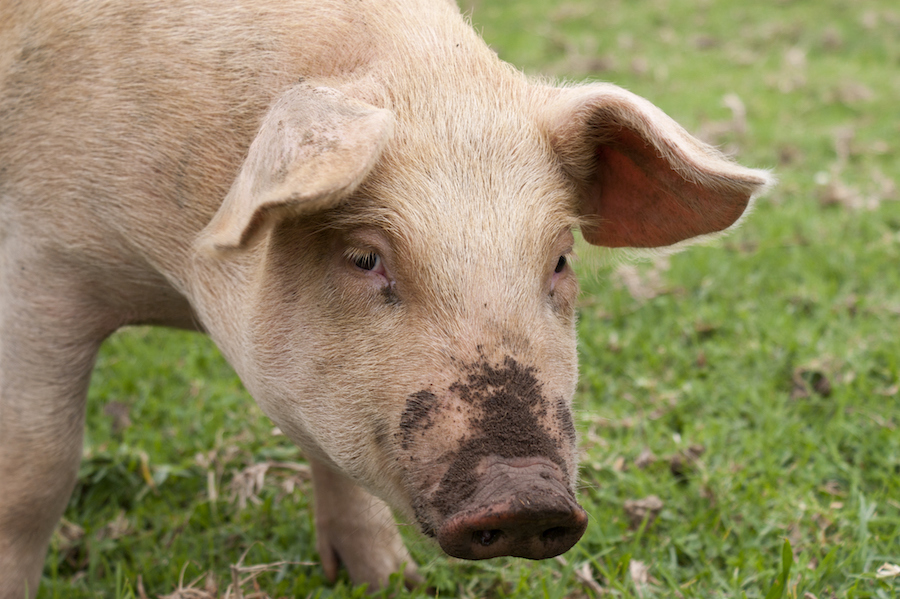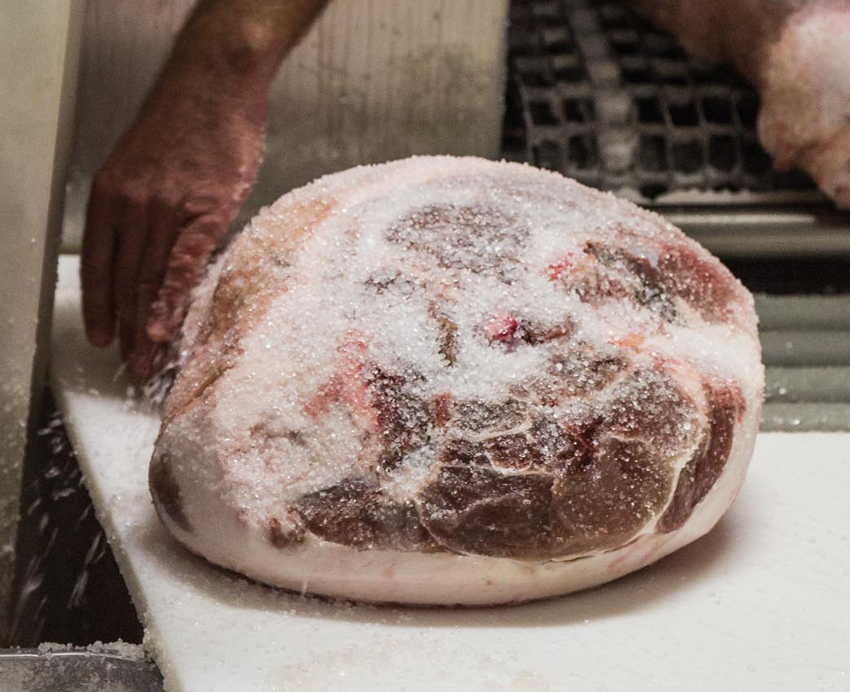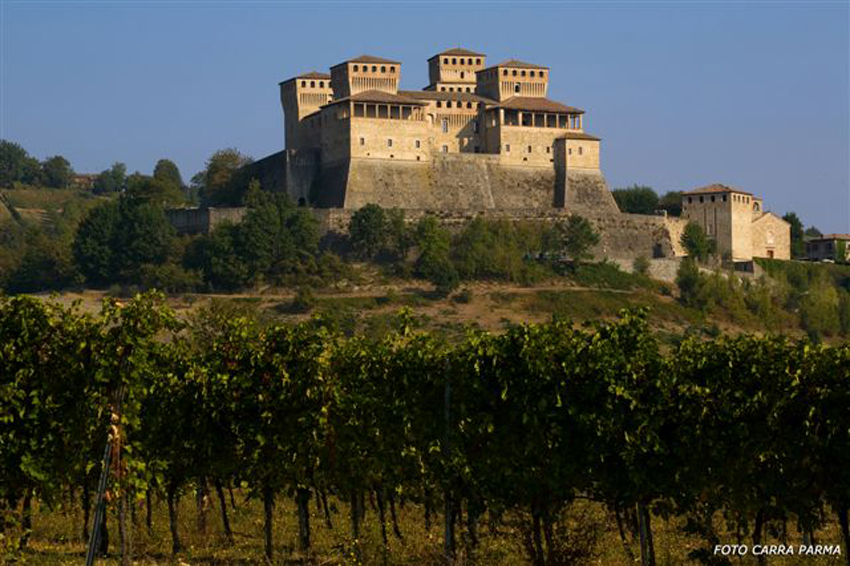Pork, Salt, Air & Time
Since Roman times, this geographically protected food became world-renowned and known to be unreproducible. Prosciutto di Parma renders a remarkable reputation and nuance of flavor, which is why the product is so highly regarded and can enhance other ingredients by bringing out their natural flavor profiles. Specifying this high-quality product will enrich your menu while guaranteeing to your customers they are getting the best ingredients possible. It is 100% natural and contains no additives, preservatives or hormones. Below are some of the ways Prosciutto di Parma is one-of-a-kind through four ingredients: pork, salt, air and time.
Specially Bred Pigs
Prosciutto di Parma can only be produced from the hind legs of specially selected heritage breed pigs raised in 10 regions of Italy which are approved by the Consorzio del Prosciutto di Parma. Unlike other cured hams, which can be produced from pork raised anywhere, Prosciutto di Parma can only be produced from Italian-born and bred pigs raised according to the highest standards, on which they are monitored, inspected and traced to ensure the high standards are upheld and adhered to.

The pigs are not given any hormones, and antibiotics are only given on a limited, as-needed basis to remedy any sickness.
Salt
The quality of Prosciutto di Parma is based entirely on the curing process. The history of the production originated in Italy thousands of years ago and is what sets Prosciutto di Parma apart from other prosciutti.

The Italian Air
The region of Emilia Romagna is one of the differentiating factors that sets Prosciutto di Parma apart from all other hams. The rolling hills around Parma create an ideal environment that includes the Appenine Mountains, which offer crisp breezes that flow from the Adriatic Sea and a distinct microclimate that gives Prosciutto di Parma its uniquely sweet flavor that isn’t reproducible. Producers open the windows of the cellars to let those breezes in and cure Prosciutto di Parma naturally. Unless the air and environment is bottled up and moved to another location, these conditions cannot be re-created to cure a product as high-quality as Prosciutto di Parma.

Time
Every leg of Prosciutto di Parma goes through two stages of curing to ensure the ham meets the Consorzio’s qualifications. The legs are hung in well-ventilated rooms with large windows where the Italian breezes allow for a constant and gradual drying of the hams. This period is critical to the development of Prosciutto di Parma’s distinctive flavor, and lasts for approximately three months. In the final curing process, the ham is transferred to cellars with less air and light. Total curing time ranges from at least 400 days to as long as three years.

